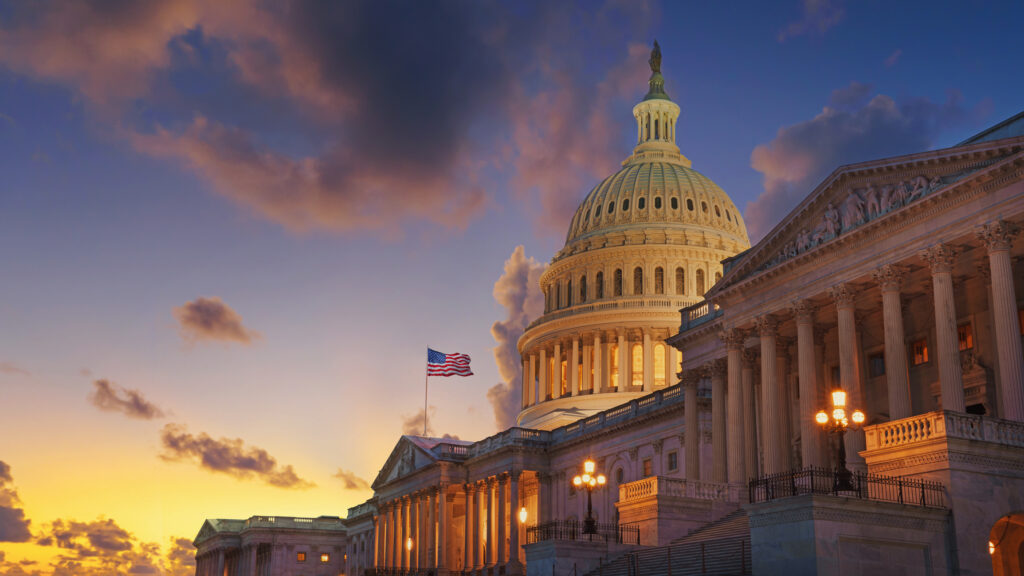In 1996, Congress passed the landmark Telecommunications Act. The last major reform of communications law, the 1996 act ended Judge Harold Greene’s 10-year effort to run America’s telecommunications industry from his judicial chambers after the forced breakup of AT&T.
Since then consumers have lived in two very different worlds—ratified by the recent legal slap-down of the Federal Communications Commission’s regulatory power by the U.S. Court of Appeals for the District of Colombia in Comcast v. FCC.
One is the land of unregulated “information services.” It includes, among other innovations, the World Wide Web, voice over Internet Protocol telephony, wireless applications, and cloud computing.
The other is the regulated world of “telecommunications services.” It consists of traditional wireline telephones, plain and simple. It seems pretty obvious which of these two worlds consumers prefer.
Between ‘Oz’ and Kansas
In FCC parlance, information services are governed by Title I, while telecommunications services are regulated under Title II.
If U.S. communications law were The Wizard of Oz, Title I would be the Technicolor dream that lies over the rainbow. Title II covers the bleak, black-and-white landscape of rural Kansas.
But in the last few months, Washington, DC-based advocacy groups such as Public Knowledge have asked the FCC to reconsider the regulatory border that today separates Title I and Title II. The groups want the commission to reclassify broadband Internet as a “telecommunications service” and regulate it under Title II.
FCC Contemplates Industry Takeover
Such a radical change in communications law would mean that all broadband Internet access could be subjected to the complex web of unbundling requirements and common-carrier rules that today apply only to telecommunications. The FCC would oversee rates and service levels. State and local governments would share regulatory authority
Support services and private networks, including Web caching and inter-network peering arrangements, could come under federal control for the first time.
Why would anyone propose a return to the calcified world of the pre-Internet communications industry, a place dominated by the monopoly power of the former AT&T? The short answer is net neutrality.
No FCC Authority
Even as the FCC slogs through millions of pages of public comments on the proposed net neutrality rules, the commission’s authority to impose any Internet regulation is in doubt—especially in the wake of the Comcast decision. (The case involved sanctions levied by the FCC against Comcast in 2008 for secretly restricting some customers’ access to BitTorrent and other peer-to-peer applications.)
In an opinion handed down April 6, a three-judge panel said the FCC could not enforce net neutrality rules under Title I—meaning, as of today, the commission has no authority to regulate Internet service providers.
Considering Title II Path
Worried that the DC court would leave the commission without the power to adopt formal net neutrality rules under Title I, pro-neutrality groups began in January to urge the agency to reclassify broadband Internet as a telecommunications service subject to Title II. Under Title II, the FCC could treat ISPs as common telecommunications carriers.
FCC Chairman Julius Genachowski has refused to rule out the possibility of reclassification when it has come up regarding the Comcast case.
Genachowski’s position sparked understandable concern within the communications industry. In late February a letter signed by industry associations of the cable, wireless, and telecommunications industries condemned the idea of reclassification as a “radical” move, one that “at a minimum, would plunge the industry into years of litigation and regulatory chaos.”
Defying ‘Brand X’ Precedent
That’s a very real concern. Reclassification would put the agency squarely at odds with the 2005 Brand X case, the culmination of years of litigation over cable modem service.
In Brand X, the FCC successfully argued before the U.S. Supreme Court that broadband Internet access was clearly a Title I service. Any effort to reverse that decision would kick off another round of withering lawsuits.
Stifling Investment
In its long-awaited National Broadband Plan next week, released in March, the FCC agency acknowledged that achieving its goal of 100 mbps access for 100 percent of American homes will require an additional $350 billion in infrastructure costs.
Under Title I those investments are likely to continue being made by the private sector. Reclassified under Title II, however, infrastructure improvements will come to a screeching halt. Wall Street is already terrified. Moving broadband Internet to Title II, according to Craig Moffett of Bernstein Research, would lead investors to “run for the hills.”
Obsolete Regulatory Regime
In a Title II world, Internet services from the core to the edge of the network could be swept into a regulatory regime designed in the 1930s to control the monopoly of a company that no longer exists. Services that have never before been subject to FCC regulation, including cloud computing and search, could be subjected to unbundling and rate-setting, limited only by the FCC’s discretion under its “forbearance” powers.
The FCC would be foolish to heed the siren call to regulate broadband as a telecommunications service. Title II is a relic of ancient communications history, not a cure-all for real and imagined limits of our broadband future.
Let’s stay on the Yellow Brick Road that’s taking us happily to the digital Oz. Let’s not ever go back to Kansas.



